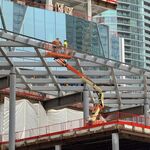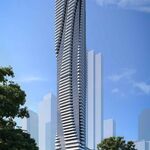kali
Active Member
^yes I know all that. The point is that many of these extensions make no sense when there are much more pressing needs in the system. I say that as someone who supports a 3 stop elevated SSE and YNSE, but those are the only suburban extensions needed at this point. The entitlement with which some members (well maybe only one) post here about how Scarborough is owed a line 4 extension boils my blood. Who died and gave you carte blance with the chequebook?
If Scarborough needs to get downtown quickly, they'll have GO RER/Expansion on the Stouffville and LSE lines. Missisauga has LSW. Milton is the odd one out, but that doesn't justify extending line 2.
If Scarborough needs to get downtown quickly, they'll have GO RER/Expansion on the Stouffville and LSE lines. Missisauga has LSW. Milton is the odd one out, but that doesn't justify extending line 2.
Last edited:




